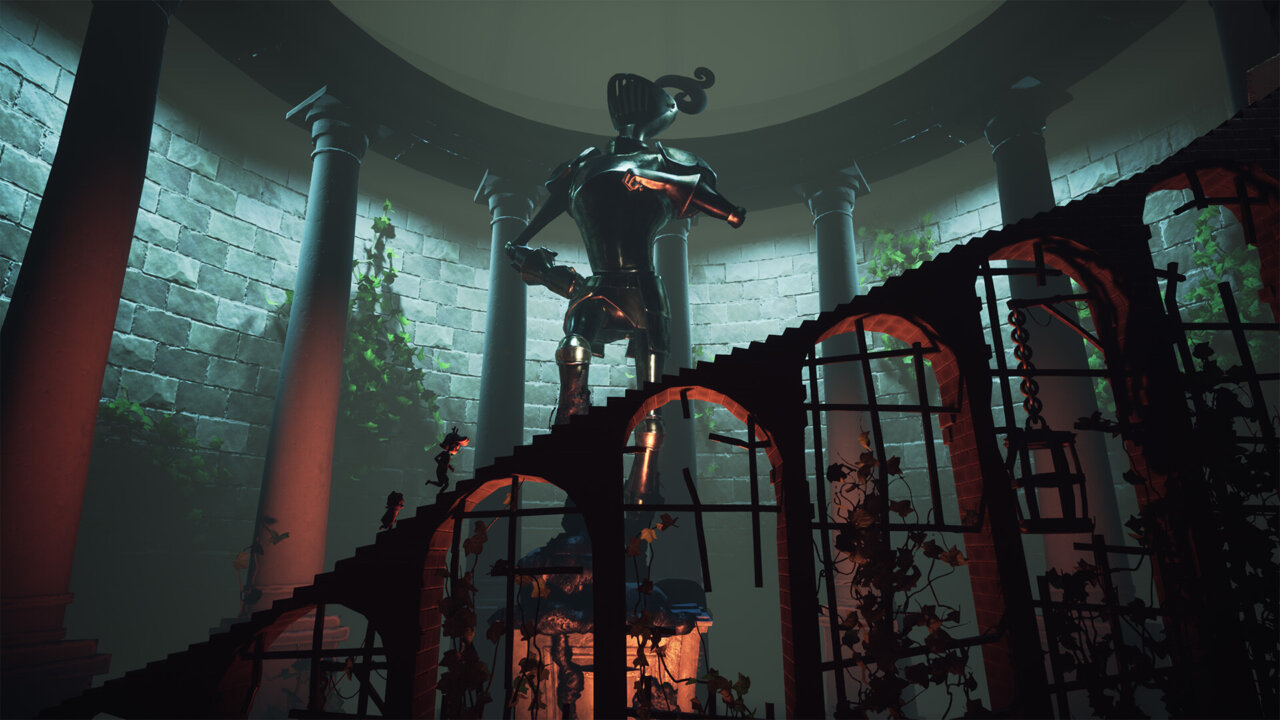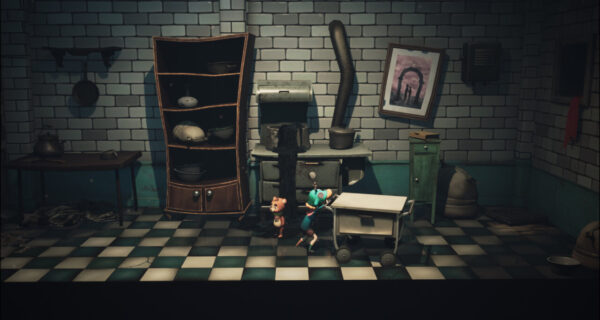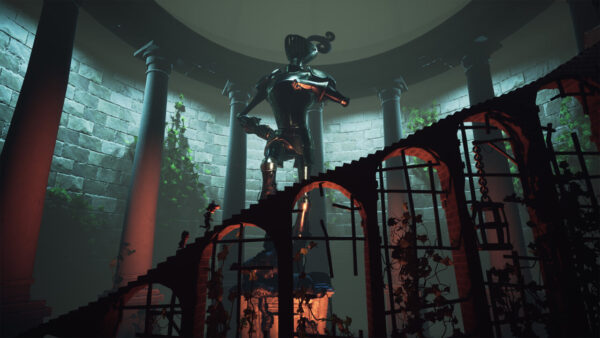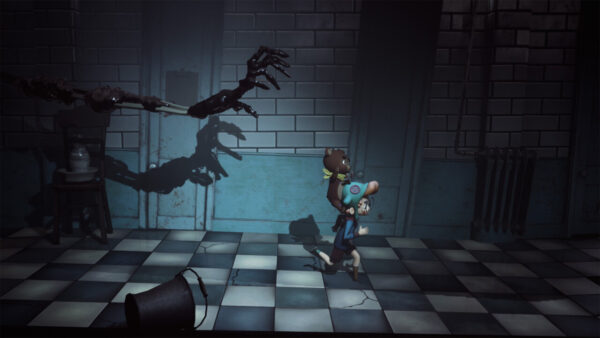Publisher: Ravenage Games
Developer: Frozen Line
Medium: Digital
Players: 1
Online: No
ESRB: Not Rated
Going into Daydream: Forgotten Sorrow, I made the mistake of watching its trailer before I read anything about the game. I always try to avoid trailers: not just for fear of spoilers, but because I don’t want to develop unrealistic expectations for how a game will play.
In the case of Daydream: Forgotten Sorrow, that meant thinking the game would be a 3D platformer, when the reality is that it’s a 2.5D platformer – and that half-dimension makes a very big difference. It means that all the most exciting bits of that trailer seem to be cutscenes, and the rest – that is, the part you actually play – is basic platforming with the odd puzzle mixed in.
To be fair, there’s nothing wrong with 2.5D platforming. There are plenty of very good 2.5D platformers out there. Unfortunately, Daydream: Forgotten Sorrow isn’t one of them, since it never quite figures out how to show depth properly. Given that many of its puzzles – and, of course, most of the platforming sections – require the ability to see where your character is in relation to ledges and platforms, you can see why this might be an issue. It’s not uncommon to have your momentum completely stall as you die repeatedly, trying to figure out exactly how to jump from Point A to Point B in a way that the game recognizes.
It also doesn’t help that the game feels a little inconsistent from one moment to the next. Your character is a young boy named Griffin, and he’s accompanied by his teddy bear, Birly. Sometimes Griffin can throw Birly across fairly large gaps – but at other times, he barely gets any distance to his throws, and still elsewhere, you see Birly making big jumps entirely on his own. The same goes for Griffin’s jumps, for that matter – sometimes he can run and soar across huge chasms, while others he can barely hop from one box to another.
It also doesn’t help matters that Daydream: Forgotten Sorrow borrows very liberally – especially during its first half or so – from Little Nightmares. While eventually Daydream: Forgotten Sorrow opens up and gets a little more colourful, at first it’s so similar to Little Nightmares I & II that it’s hard not to compare it to that other, better – and better known – game. While Daydream: Forgotten Sorrow looks nice enough that eventually you’re able to appreciate it on its own merits, it takes a long time to not coast off reflected glory
But really, Daydream: Forgotten Sorrow’s lack of originality is just a minor complaint compared to the fact that it doesn’t achieve what it sets out to do from a gameplay perspective. You can’t be a worthwhile puzzle-platformer when the platforming sections feature controls and physics and a field of depth that are this finicky.
Ravenage Games provided us with a Daydream: Forgotten Sorrow PC code for review purposes.





